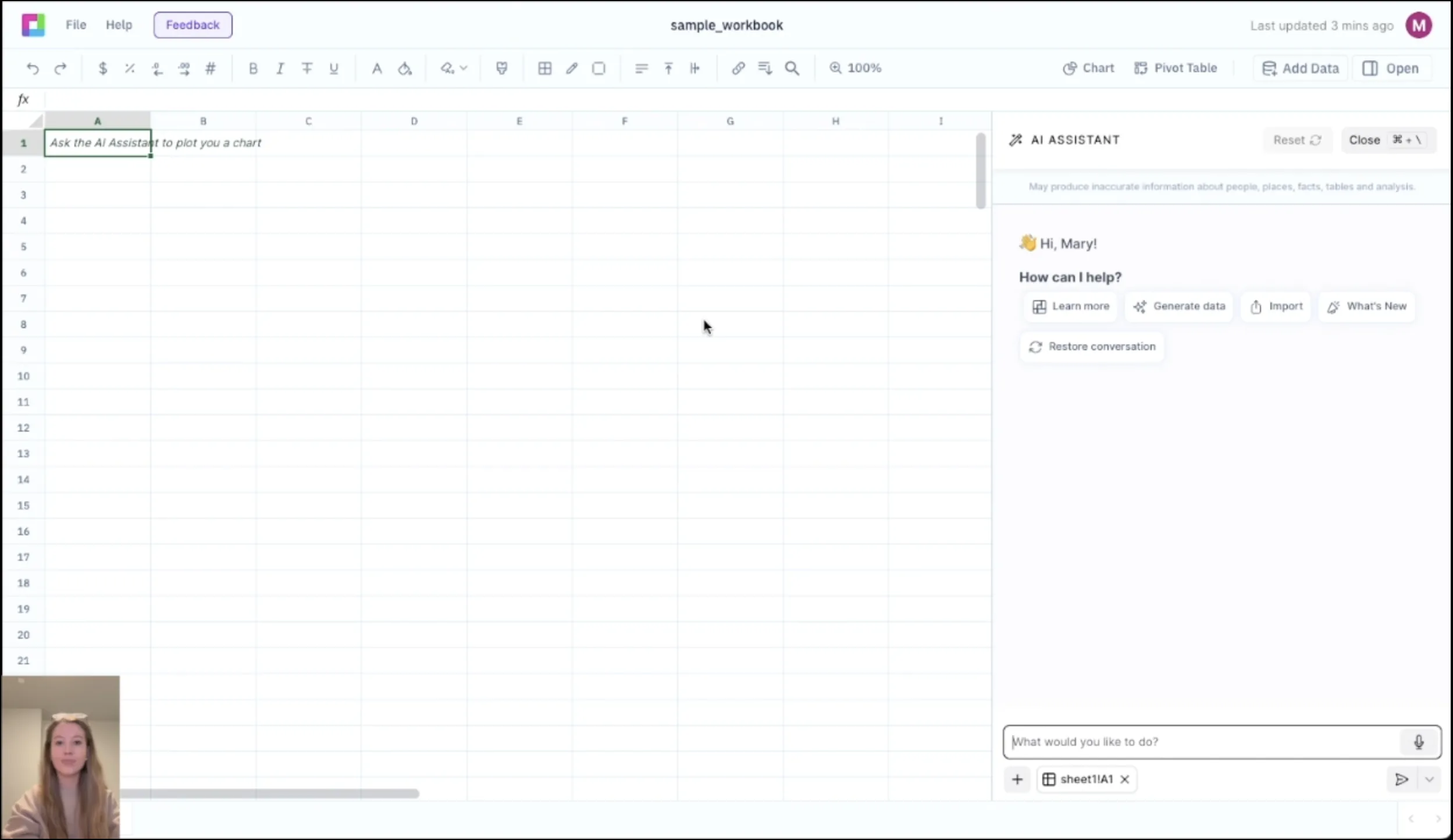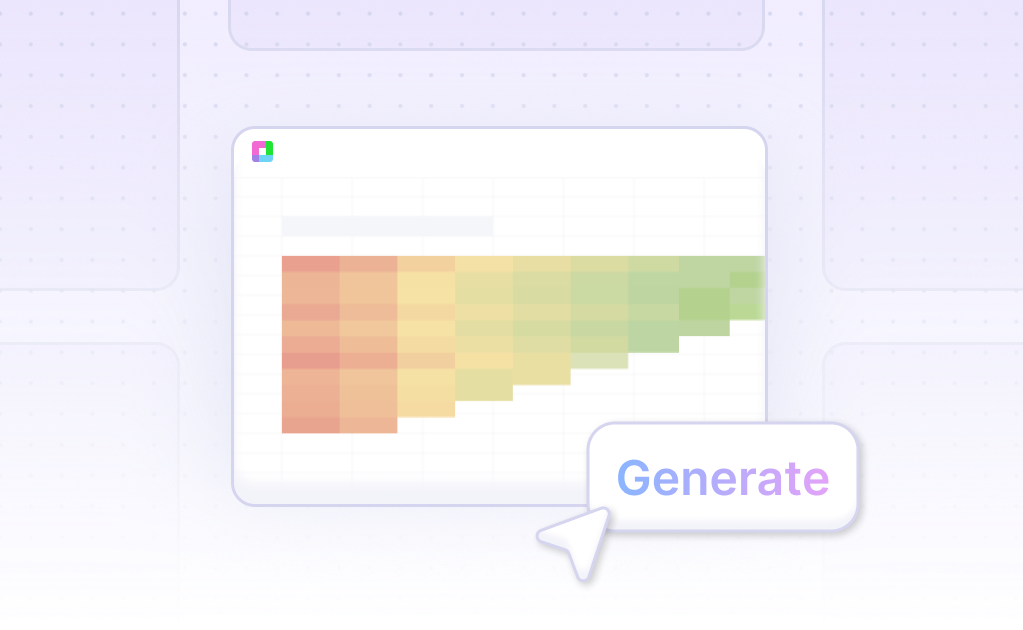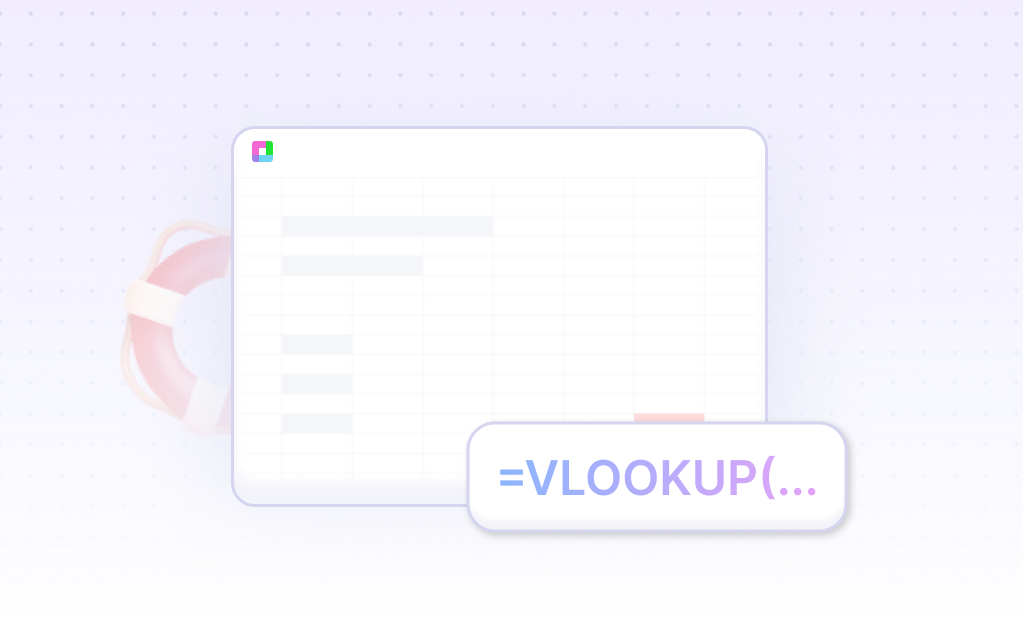
Master DeFi Yield Farming with Advanced Analytics
Yield farming optimization requires sophisticated liquidity pool analysis, impermanent loss calculations, and comprehensive farming strategy evaluation. Our Yield Farming Optimizer template provides comprehensive tools to analyze DeFi protocols, optimize yield strategies, and manage liquidity positions with institutional-quality frameworks for DeFi investors and yield farmers.
From liquidity analytics to strategy optimization, maximize DeFi yields. Built for DeFi investors, yield farmers, and crypto analysts, this template helps you analyze yield opportunities, optimize farming strategies, and manage DeFi risks.
Comprehensive Liquidity Pool Analytics Framework
Liquidity Pool Analysis
Analyze liquidity pools with TVL tracking, volume analysis, and fee generation metrics. Evaluate pool performance and identify optimal liquidity opportunities.
Impermanent Loss Calculations
Calculate impermanent loss with price divergence analysis, loss simulation, and hedging strategies. Understand and mitigate impermanent loss risks.
Yield Comparison Analysis
Compare yield opportunities across protocols with APY analysis, risk-adjusted returns, and yield sustainability assessment. Optimize yield farming allocation.
Protocol Risk Assessment
Assess protocol risks with smart contract audits, liquidity risks, and governance analysis. Evaluate protocol safety and sustainability.
Farming Strategies & Portfolio Optimization
Multi-Protocol Strategy
Implement multi-protocol strategies with diversified yield farming, cross-chain opportunities, and protocol rotation. Maximize yields while managing risks.
Automated Farming Tools
Optimize automated farming with vault strategies, auto-compounding, and yield aggregation. Improve farming efficiency and reduce transaction costs.
Risk Management Framework
Manage farming risks with position sizing, diversification strategies, and exit planning. Protect capital and optimize risk-adjusted returns.
Tax Optimization & Reporting
Optimize tax implications with harvest timing, loss harvesting, and compliance reporting. Manage tax efficiency and regulatory requirements.
Frequently Asked Questions
How does it analyze liquidity pools?
The template analyzes liquidity pools with TVL tracking, volume analysis, and fee generation metrics. It evaluates pool performance and identifies optimal liquidity opportunities.
Can it calculate impermanent loss?
Yes, the template calculates impermanent loss with price divergence analysis, loss simulation, and hedging strategies. It understands and mitigates impermanent loss risks.
How does it compare yields?
The template compares yield opportunities across protocols with APY analysis, risk-adjusted returns, and yield sustainability assessment. It optimizes yield farming allocation.
Does it include multi-protocol strategies?
The template implements multi-protocol strategies with diversified yield farming, cross-chain opportunities, and protocol rotation. It maximizes yields while managing risks.
How does it handle tax optimization?
The template optimizes tax implications with harvest timing, loss harvesting, and compliance reporting. It manages tax efficiency and regulatory requirements.
Related DeFi Tools
Connect your most-used data sources and tools to Sourcetable for seamless analysis.
Frequently Asked Questions
If you question is not covered here, you can contact our team.
Contact Us





